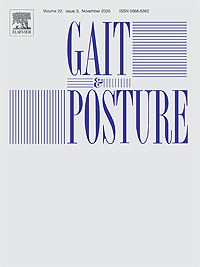
PEDIATRIC ORTHOPAEDICS
Distal rectus femoris transfer has no benefit in severe spastic diplegia
Gait Posture. 2012 Jun;36(2):212-8. doi: 10.1016/j.gaitpost.2012.02.017. Epub 2012 Mar 1536 ambulatory children with spastic diplegia (GMFCS level I-III) were assigned to single-event multilevel surgery (SEMLS) with either distal rectus femoris transfer (DRFT) or without it. In 1 year follow-up, DRFT group improved more in range of motion during swing and knee flexion velocity than the Non-DRFT group. However, nonresponder rate was 33% in the DRFT group. 53% of the Non-DRFT patients did not require secondary unnecessary DRFT surgery. Also patients with severe flexed-knee gait (normal or increased peak knee flexion in swing, pKFSw) did not benefit from DRFT procedure.
Unlock the full ACE Report
You have access to {0} free articles per month.Click below to unlock and view this {1}
Unlock NowCritical appraisals of the latest, high-impact randomized controlled trials and systematic reviews in orthopaedics
Access to OrthoEvidence podcast content, including collaborations with the Journal of Bone and Joint Surgery, interviews with internationally recognized surgeons, and roundtable discussions on orthopaedic news and topics
Subscription to The Pulse, a twice-weekly evidence-based newsletter designed to help you make better clinical decisions
Exclusive access to original content articles, including in-house systematic reviews, and articles on health research methods and hot orthopaedic topics
Or upgrade today and gain access to all OrthoEvidence content for just $1.99 per week.
Already have an account? Log in


Subscribe to "The Pulse"
Evidence-Based Orthopaedics direct to your inbox.
{0} of {1} free articles
Become an OrthoEvidence Premium Member. Expand your perspective with high-quality evidence.
Upgrade Now












































































